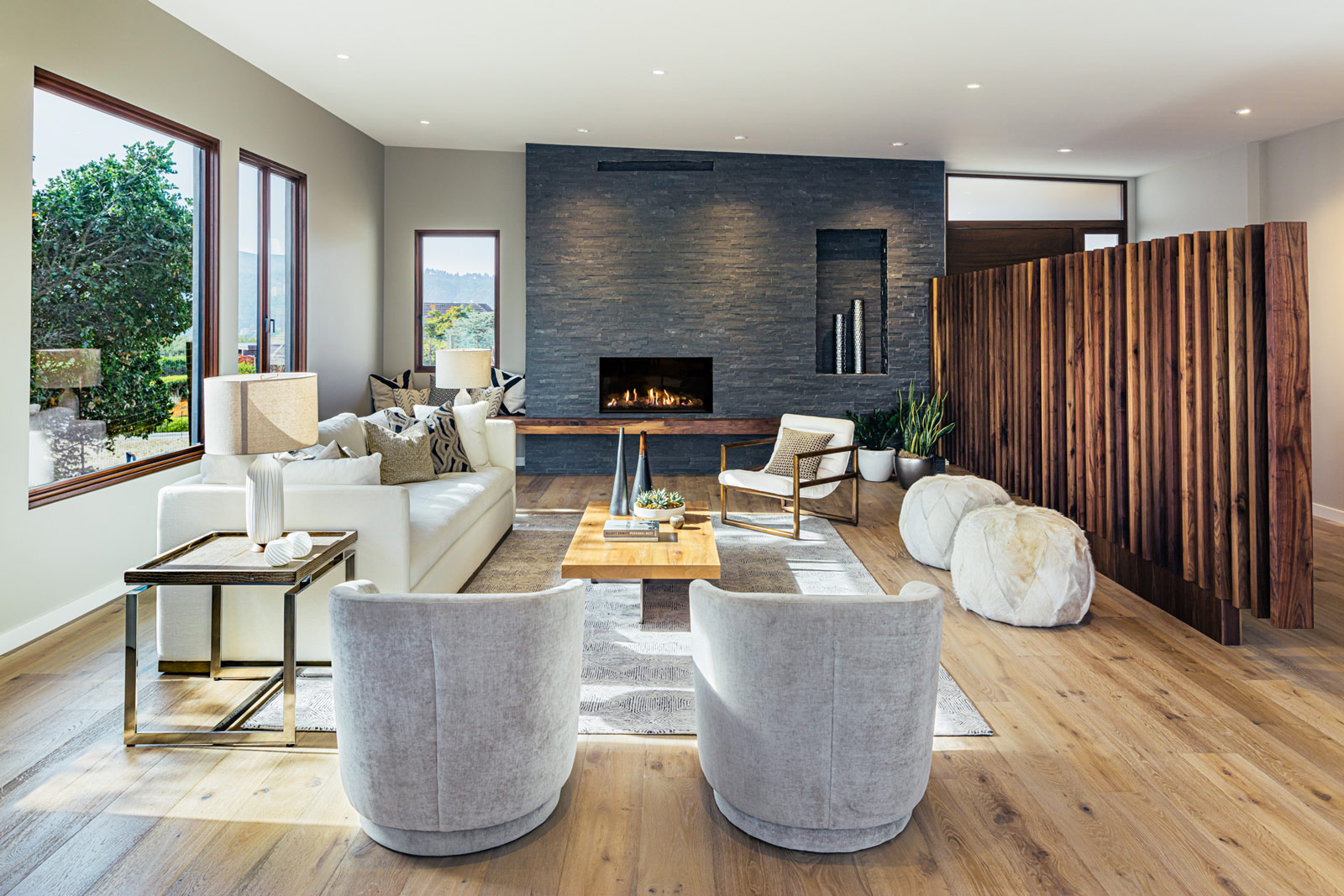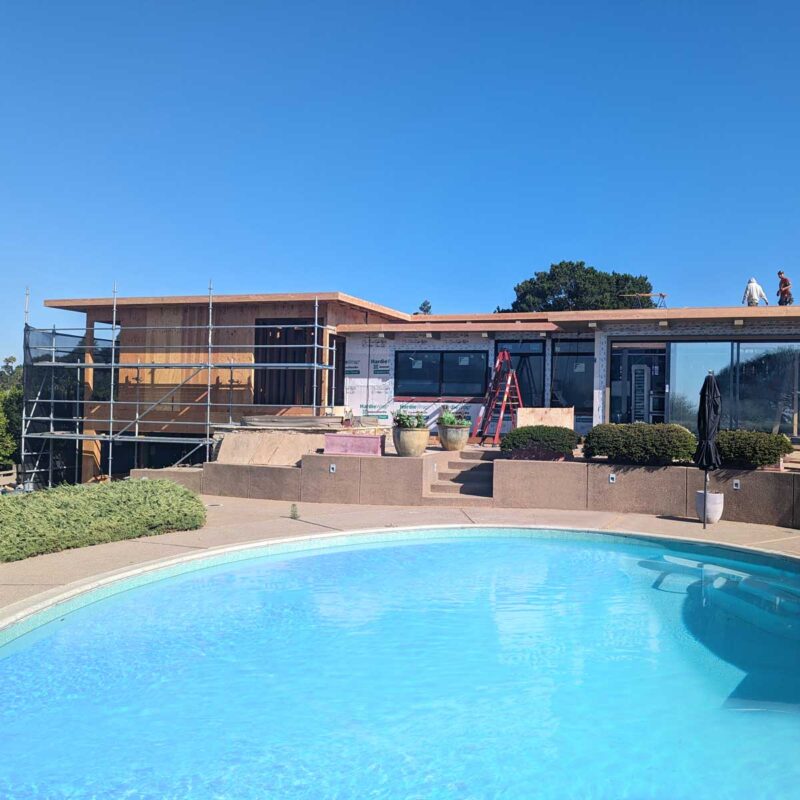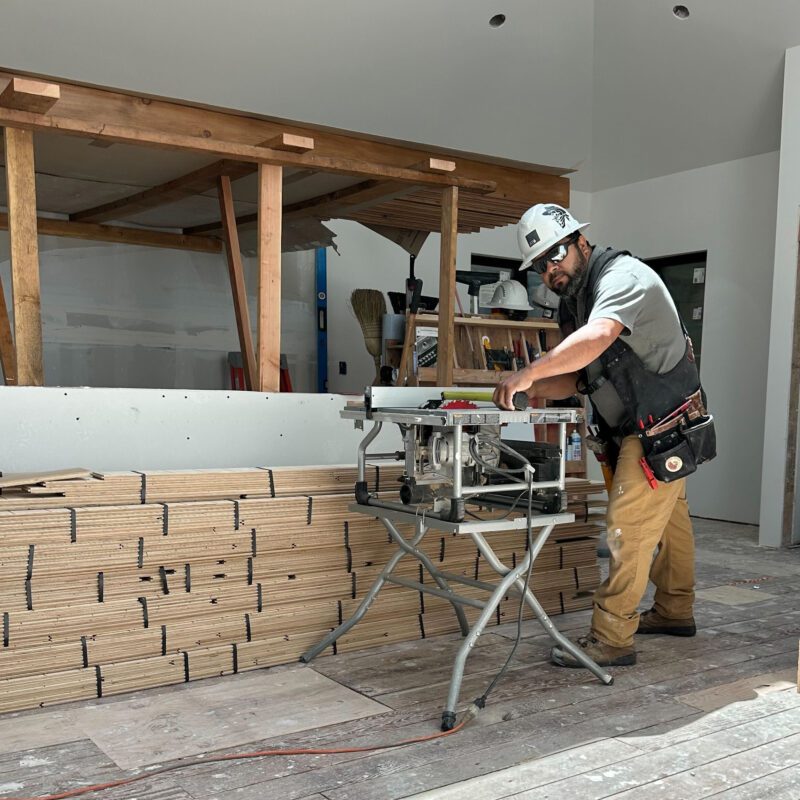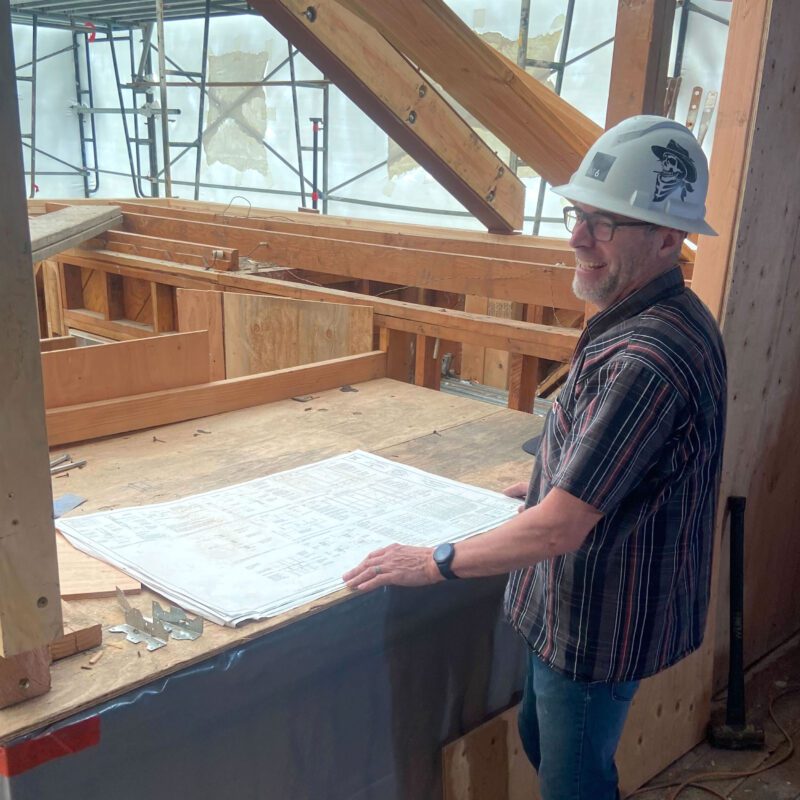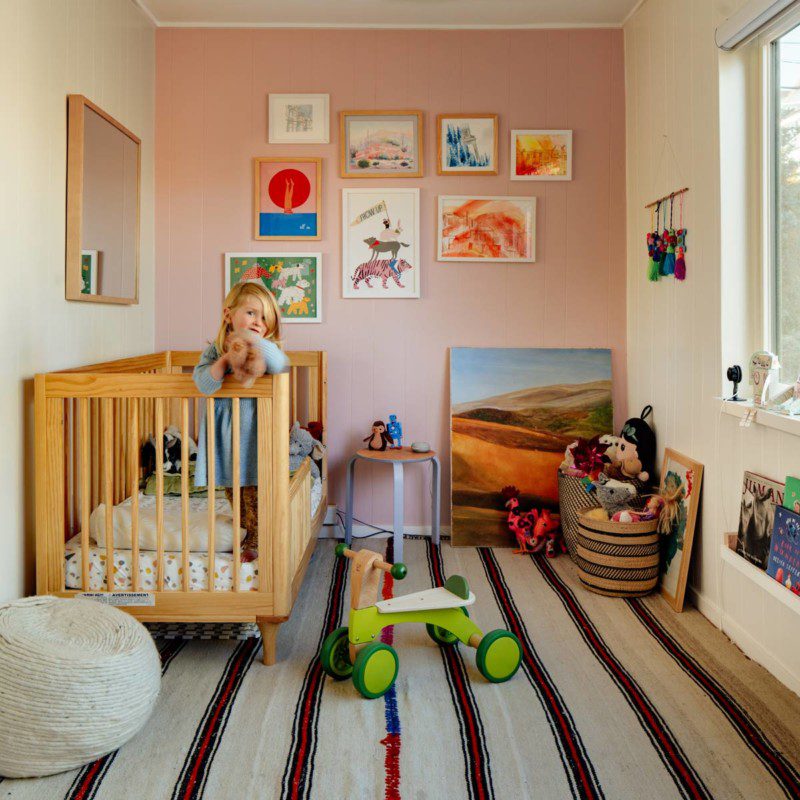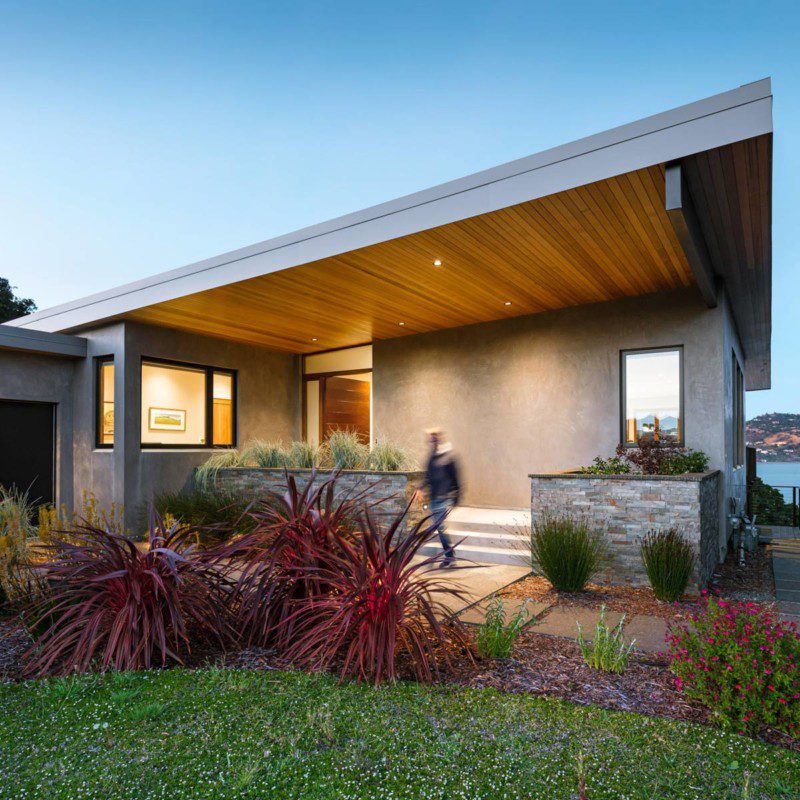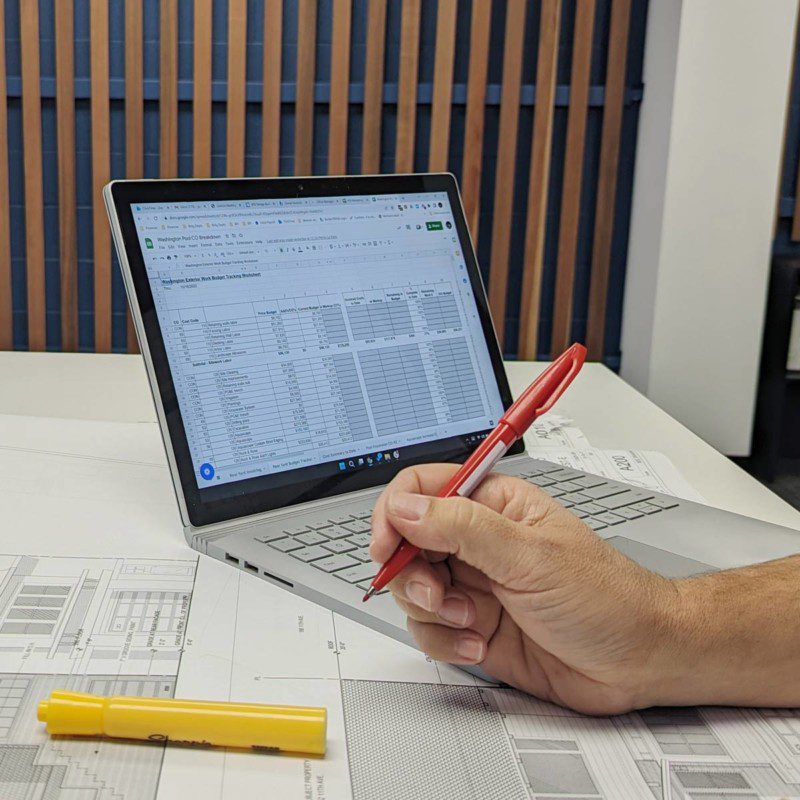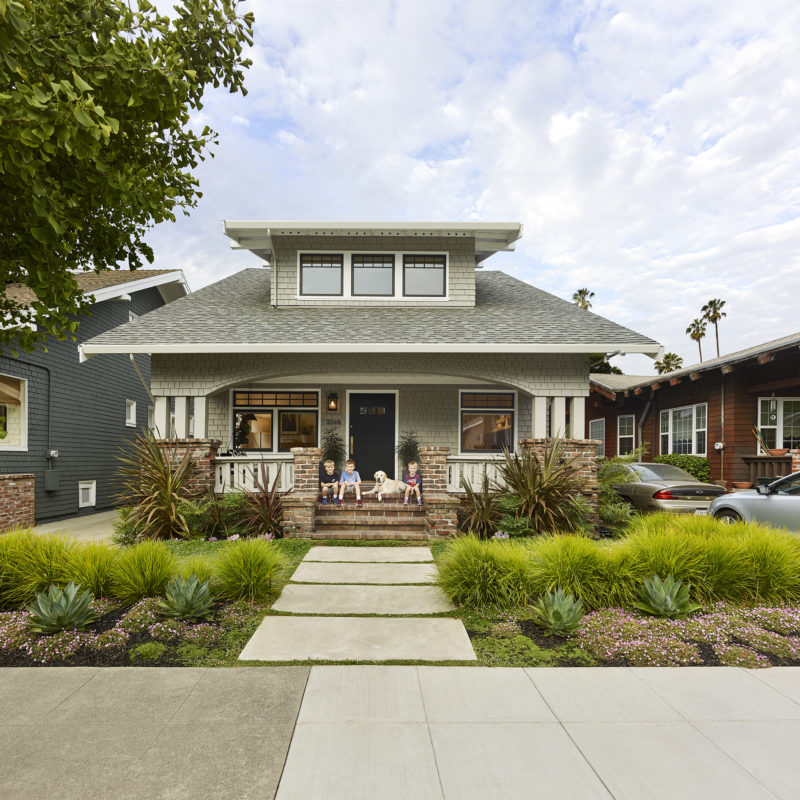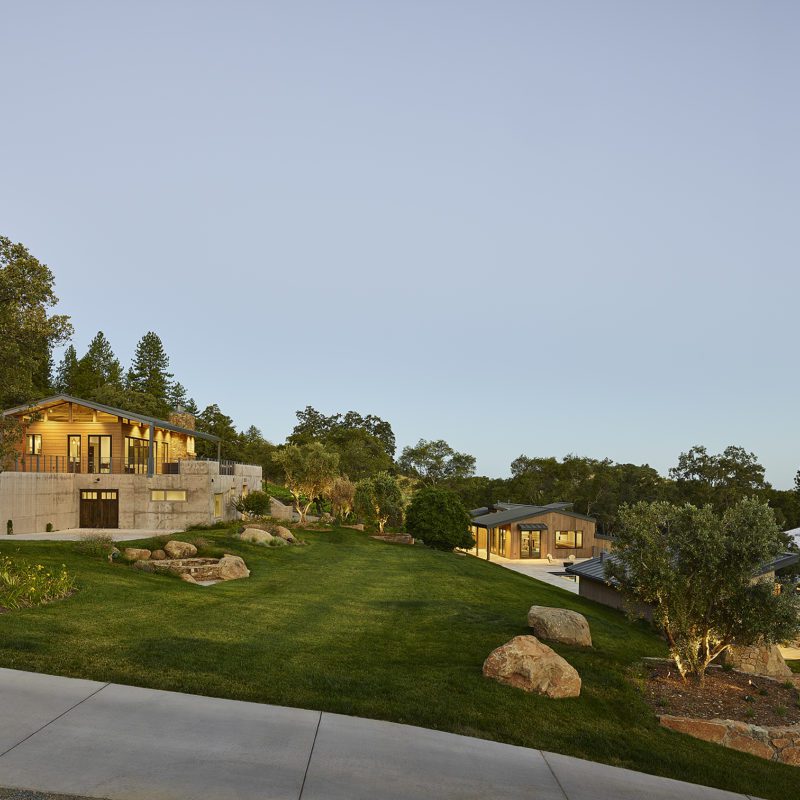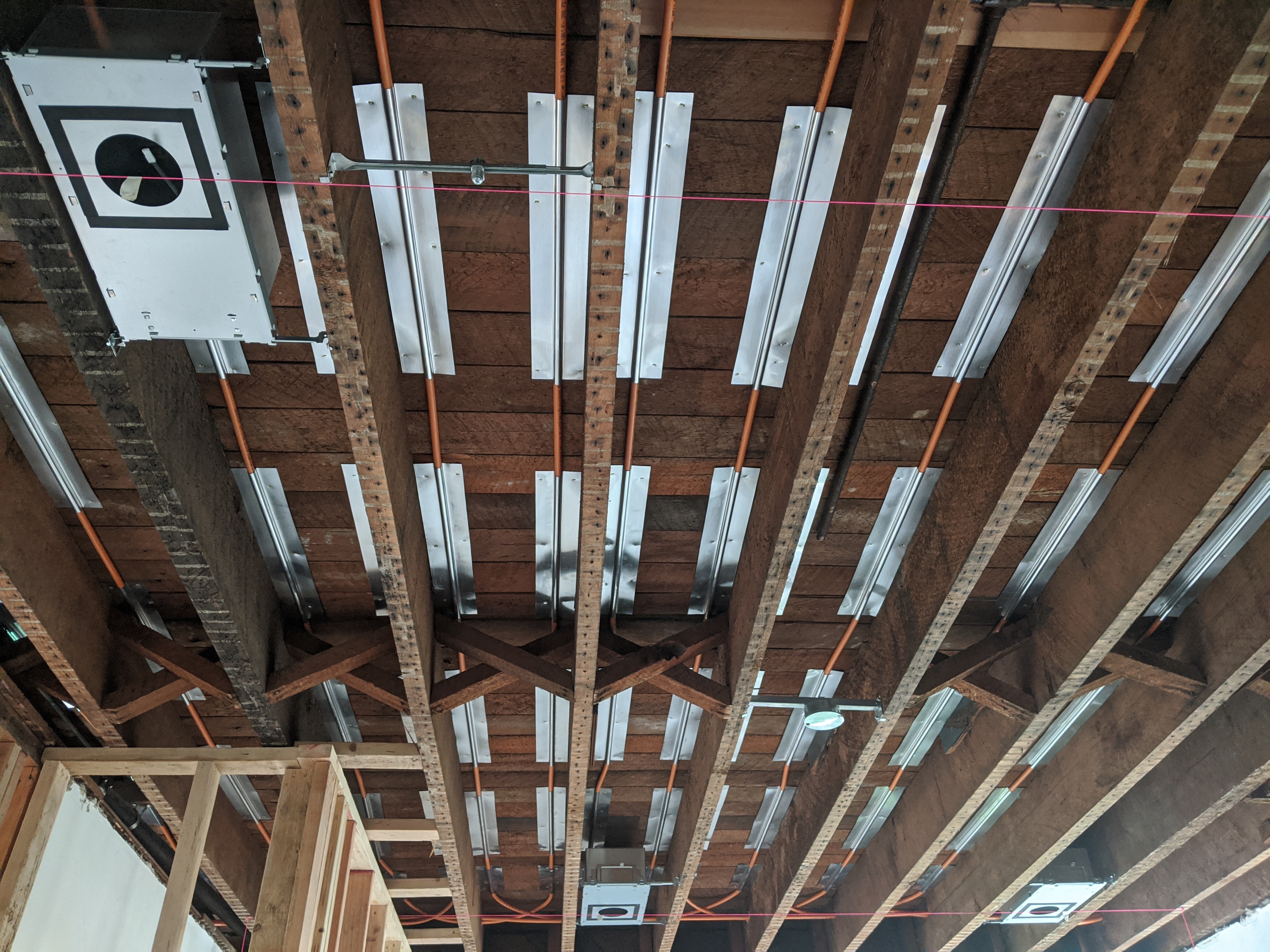
How Does Radiant Floor Heating Work?
The warmth from a radiant floor heating system comes from hot-water tubes or electric wires buried underneath the floor. As the thermal radiation rises from below, it warms both the floor and the entire room. The air temperature stays fairly constant, and you stay comfortable because you and the air around you are in direct contact with the heat source. For a deeper understanding, here is a quick physics refresher on heat transfer.
The Three Types of Heat Transfer:
- Convective—warm air blowing around,
- Conductive—the way a handle on a saucepan eventually gets too hot to touch even though it is not heated directly, and
- Radiant—heat radiating from a nearby source (or in the case of the sun, a faraway source).
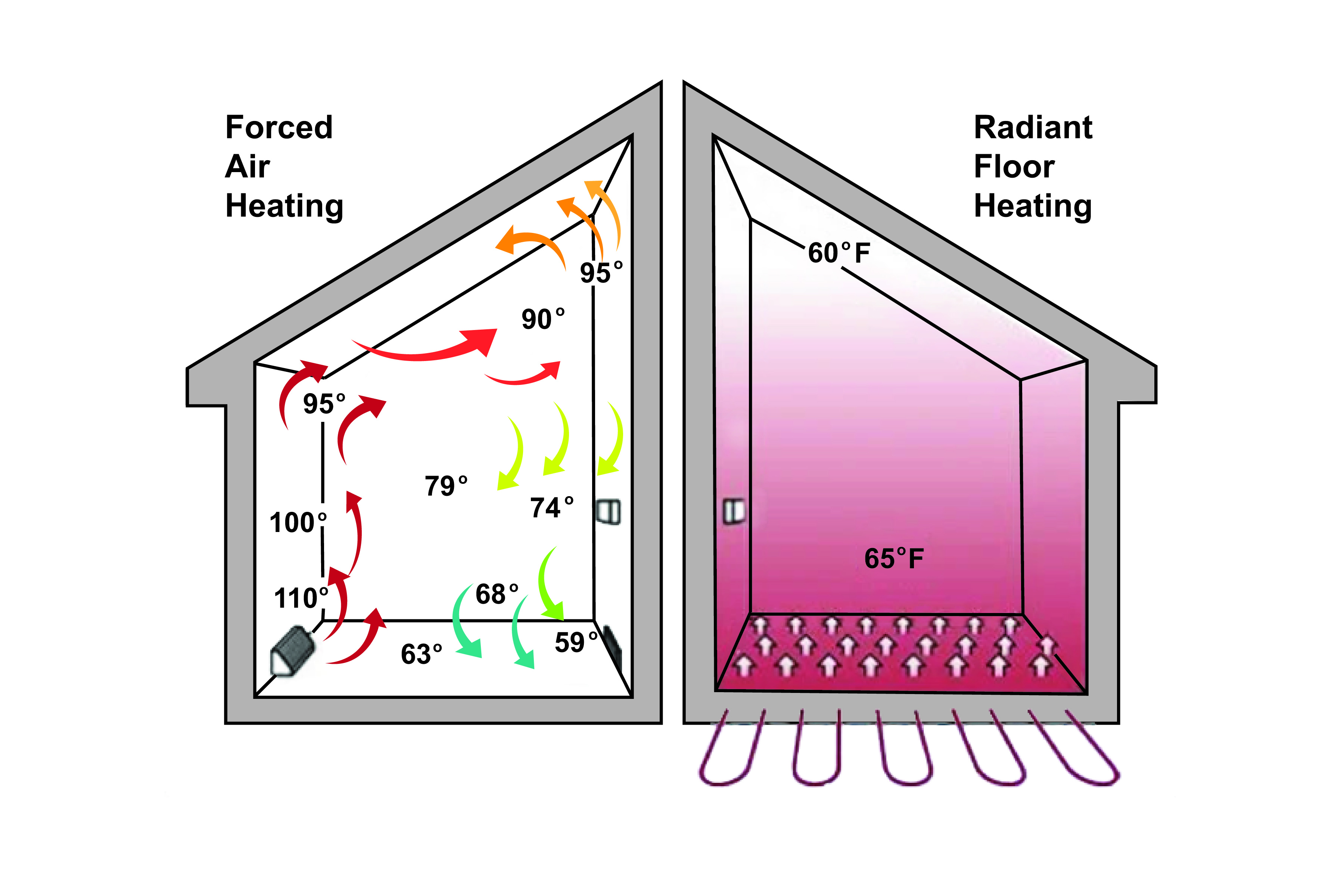
The way we heat homes is either convective or radiant, and the body “feels” the two types of heat differently. If you are standing in a room and the temperature of a wall increases by 1 degree, it will feel the same to your body as the air temperature going up 3 degrees. This heat “bonus” is due to the fact that you have an uninterrupted connection to the radiant source of the heat via the air, much like stepping from the shade into the direct sunlight feels warmer, even though the surrounding air is largely the same temperature.
I have lived with radiant floor heating, and the best way to describe it is that the house was the right temperature all the time.
When the heat source is located in the floor, we are close to the radiant source all the time, and we feel consistently comfortable. Because heat rises, forced-air systems that heat a space from the top down are extremely inefficient and not always comfortable. If you want cathedral ceilings, you’ll definitely want to consider radiant floors.
How Does It Compare to Other Heating Systems?
I have lived with radiant floor heating, and the best way to describe it is that the house was the right temperature all the time. I never thought about turning the heat on or off. There were no hot spots or cold spots, no noisy fans, no dusty air moving around, and, with a well-programmed thermostat, no adjusting the heat at all. It was kind of magical.
Can I Install Radiant Floor Heating in a Remodel?
You can retrofit radiant heating into an existing house. In fact, similar to changing from a tanked hot water heater to tankless, changing from a forced air system spread throughout the house with a duct system to radiant can open up space in the house that the ducts originally occupied. Of course, there are some things to watch out for like how it will affect the existing hardwood flooring.
One tip for remodels is that it doesn’t have to be the floor that gets the radiant heat source. Although, as described above, the most effective place for radiant heating is the floor, we have had successful installations using a radiant wall, as well.
It Does Cost More but Enriches Daily Life
Radiant heating systems do cost more up front, but the quality of life they give you can be worth the initial expense. If you are going to splurge on something in your project, things that enrich your daily life are the best candidates. It could be a luxurious shower or a glass wall that opens your house to the outdoors—and I recommend considering radiant floor heating, as well.
For an even deeper dive into how and why it all works, this article does a good job explaining the details.
